ProCheck Golf Ball Compression Measuring Device
Categories: Golf Accessories • Golf Balls • Golf For Women • Golf Gear • Reviews
Tags: ProCheck
These days matching golf balls for a player’s swing speed is a huge part of dialing in the golfer’s equipment. Why does the hardness of a golf ball matter? Golf balls “compress” when struck with a golf club. The ball actually deforms or flattens, then springs back to shape. This springing plays a major role in the speed the ball bounces off the club face. Optimal compression equals optimal ball speed, which equals optimal distance.
Playing the wrong ball can be very detrimental to optimal distance. A golfer with a slow swing speed will not fully compress an overly hard ball, resulting in distance loss. A high swing speed golfer will lose distance hitting balls that are not hard enough to compress properly.
Okay Now What?
Now that we know why it is important to have the right compression, how do we figure out what compression our golf balls are? Up until now we have had to trust ball manufacturers to tell us how hard their golf balls are. Many ball companies offer “ball fitting,” where specialists analyze the golfer’s launch characteristics and match them with the proper ball. Naturally, each company tells the golfer their ball is the best for their swing.
Let’s measure our own balls!
In the old days golf ball compression was represented in basically three ball models: 80, 90, 100. 100 was for a high swing speed or “tour” player while 90 was for an average amateur. 80’s were good for senior or women. Modern golf balls vary far more in terms of softness; a much wider gap.
Enter ProCheck, a modern, compact golf ball compression testing device. Within seconds the user can test a ball and know if that ball is the right one in terms of hardness. Let’s take a look at the ProCheck in action.
In the photo above I’ve tested the Titleist AVX golf ball compression. It’s showing four bars in the LCD display, a medium firmness. According to ProCheck this number coincides with a swing speed of around 90mph.
In the photo above I’ve tested the Wilson Duo Soft golf ball compression. The Duo Soft is probably the softest compression ball on the market. According to ProCheck’s chart the optimal swing speed for this ball is 70mph or less.
Let’s look at a couple more.
In the picture above I’ve tested the Srixon Z-Star XV compression level. The XV is a hard ball, meant for higher swing speeds. Sure enough the ProCheck confirms this, showing the ball to be firm. ProCheck’s compression chart recommends a swing speed of about 110mph for this ball.
The photo above shows the 2018 Bridgestone Tour B XS ball compression as between soft and medium. Three bars translates to optimum swing speed of about 80mph.
Other Factors to Consider
Compression is not the only quality a golfer should be examining in a golf ball. While it is important for distance, other components of the ball construction are important for spin, feel, short game performance and so on.
Final Thoughts
The Procheck ($139) golf ball compression measurement device is a nice tool for golfers who really want to dial in their ball with the proper matching swing speed.

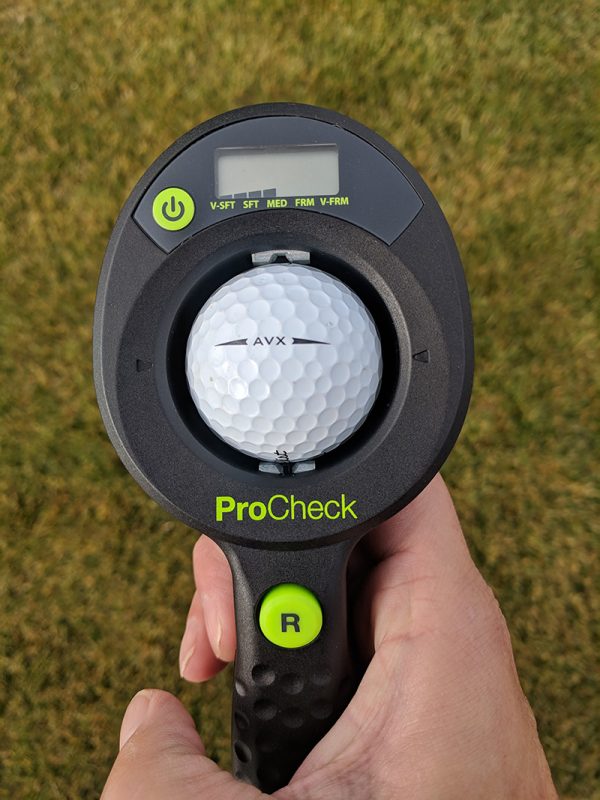
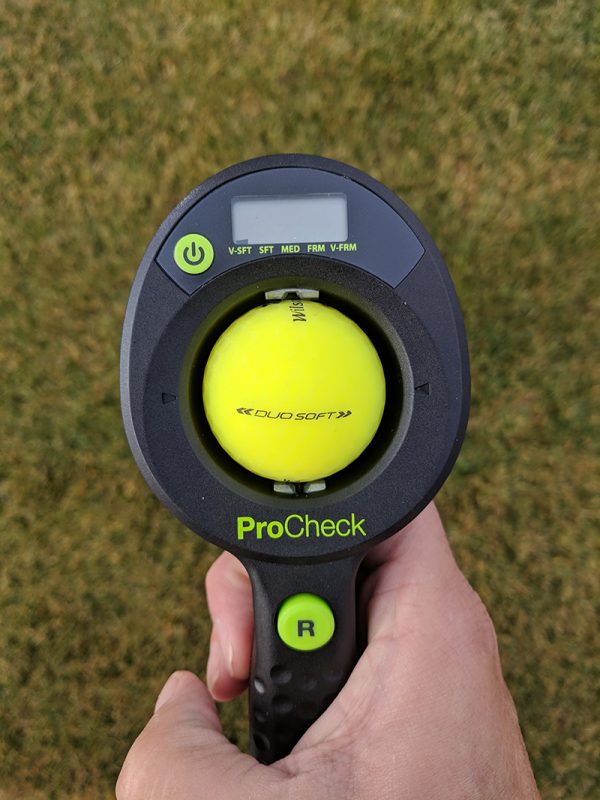
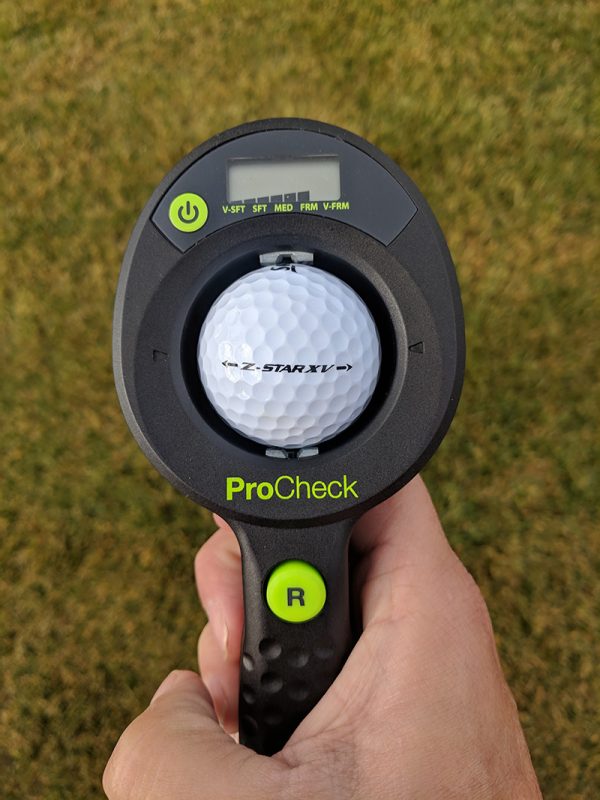
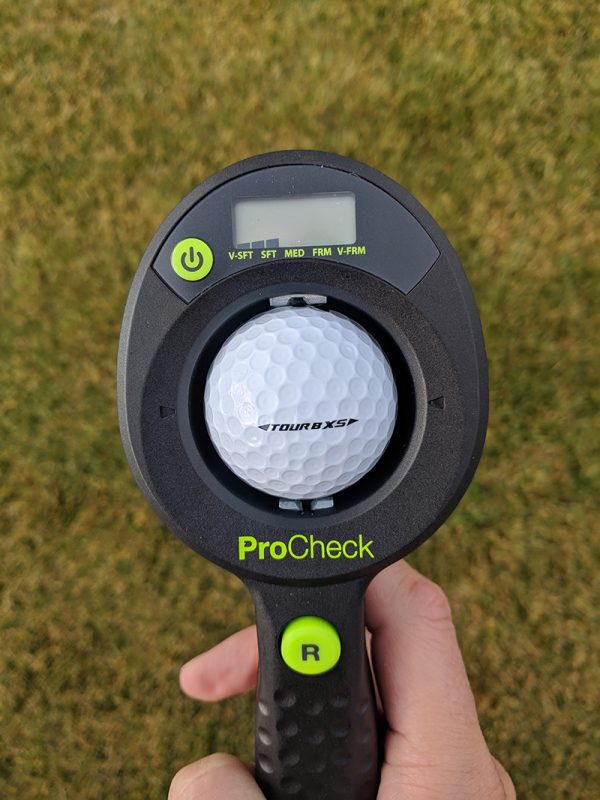
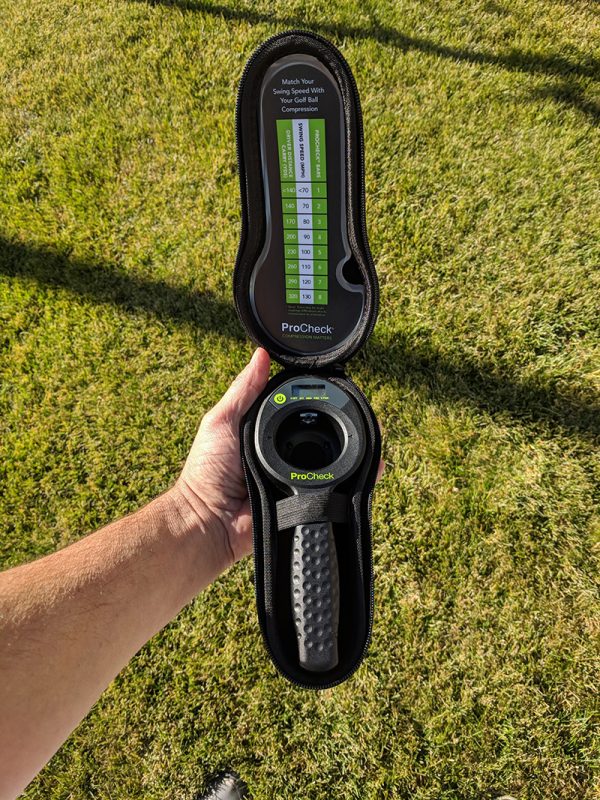
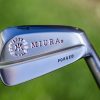












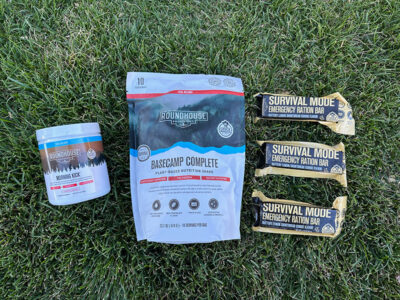



This is a really cool tool, though it seems a bit pricy.
Yes it isn’t cheap. But if you live by a course or deal with lots of used balls it could be very telling as to the quality of balls you are using.